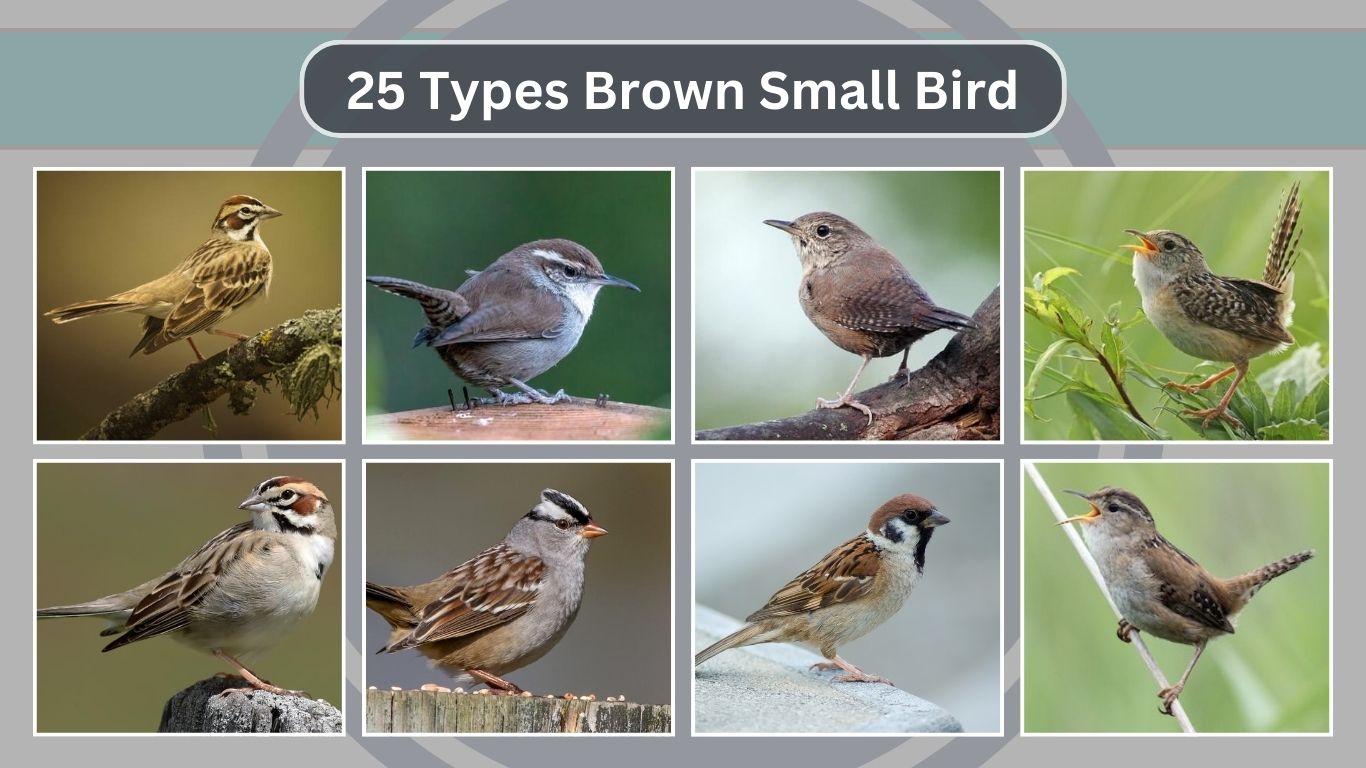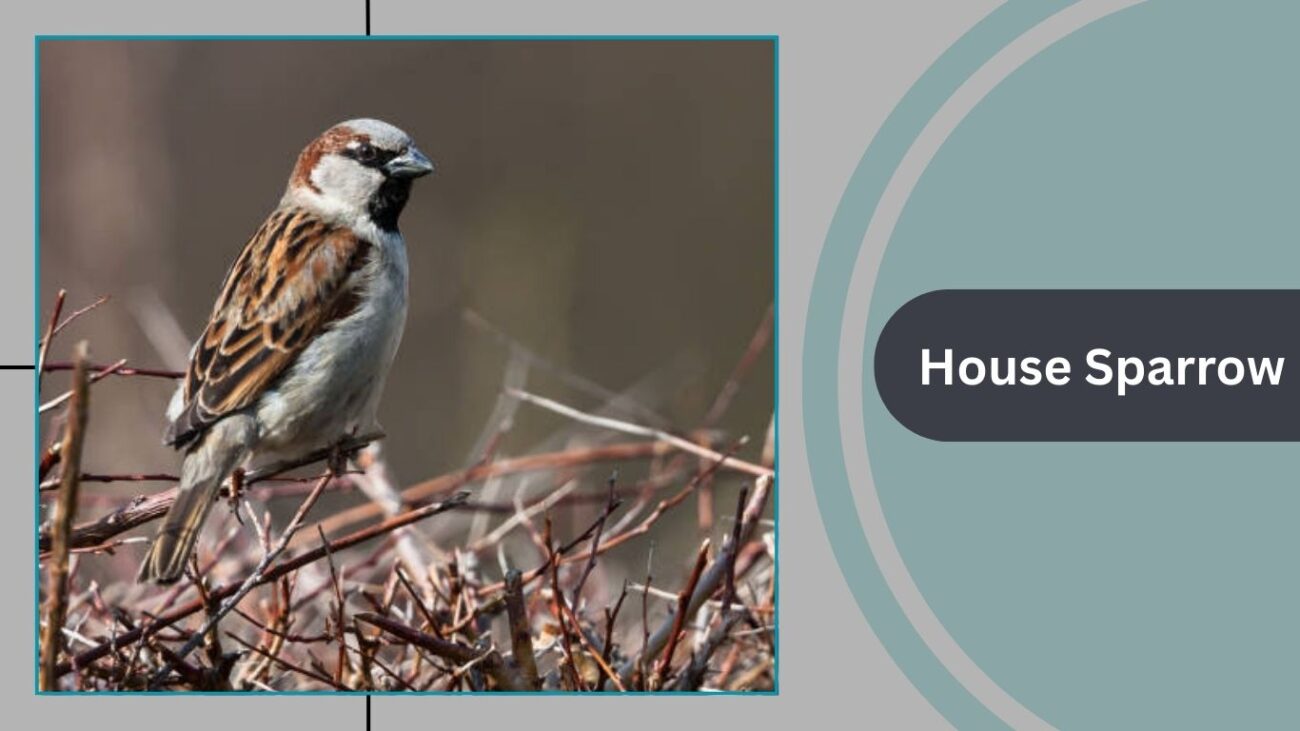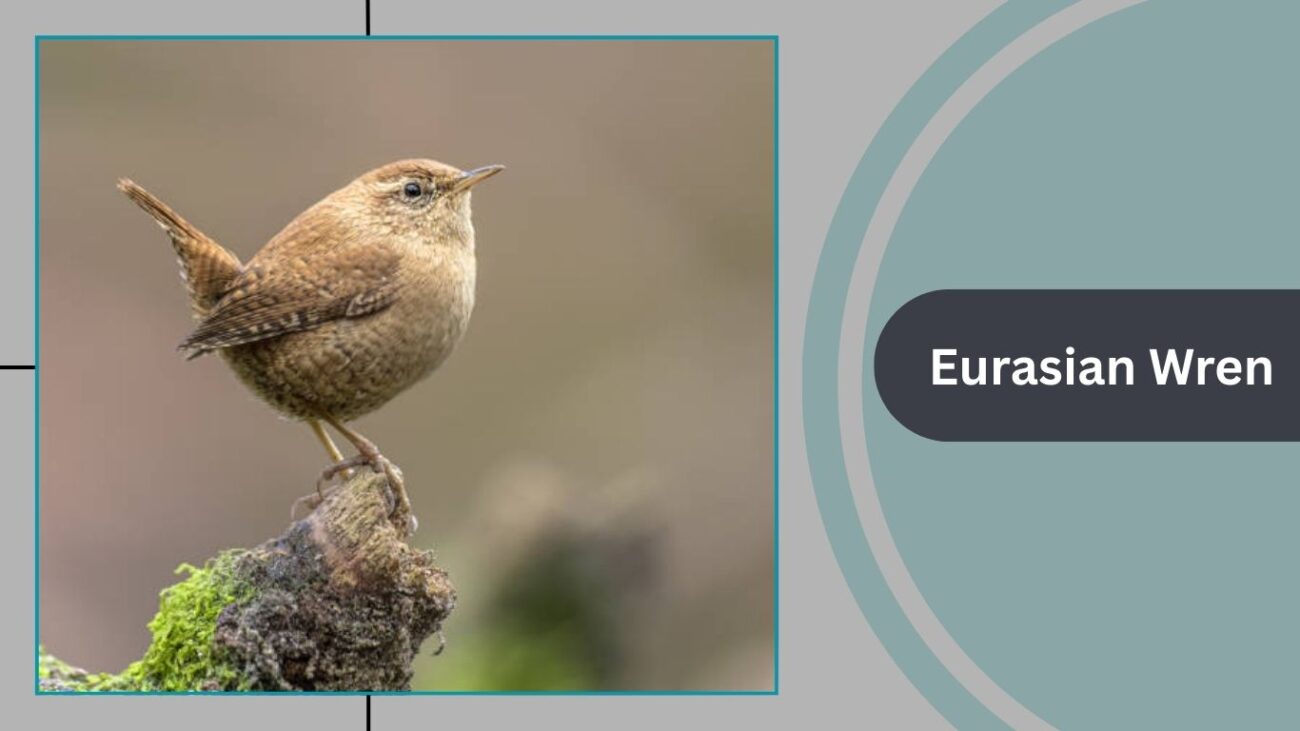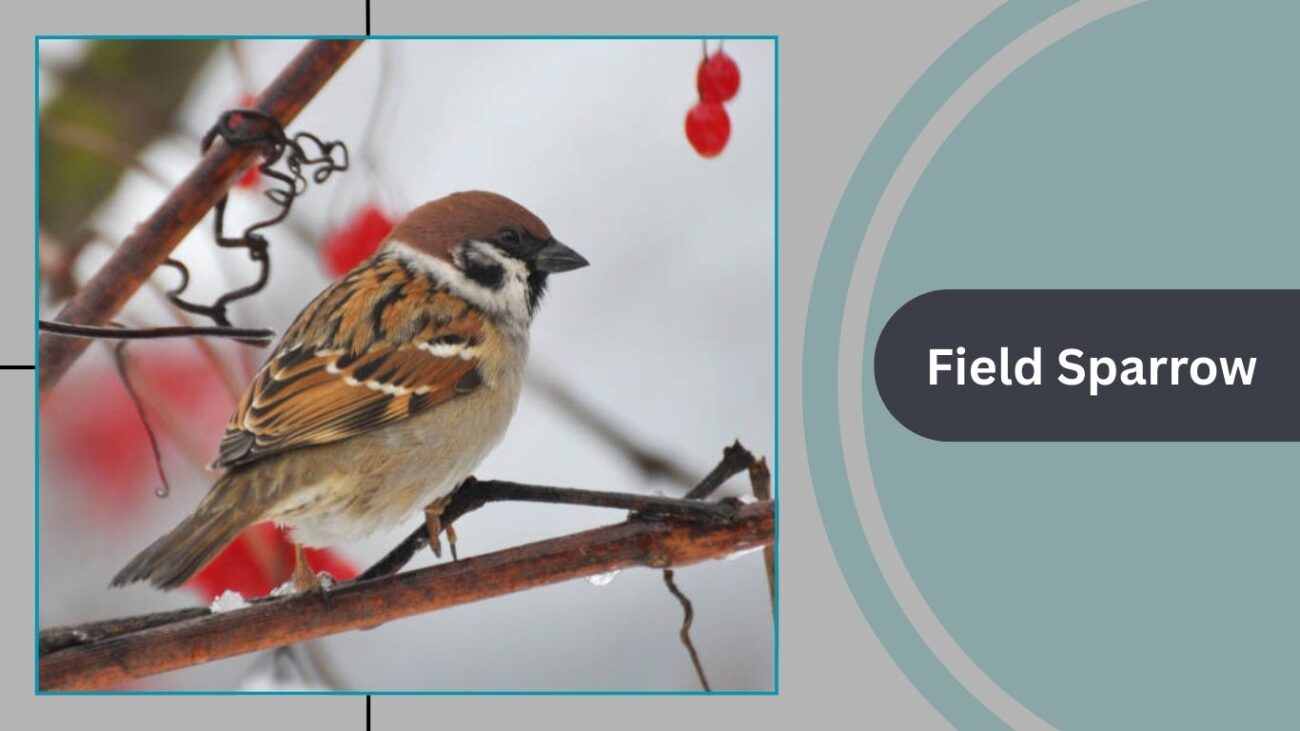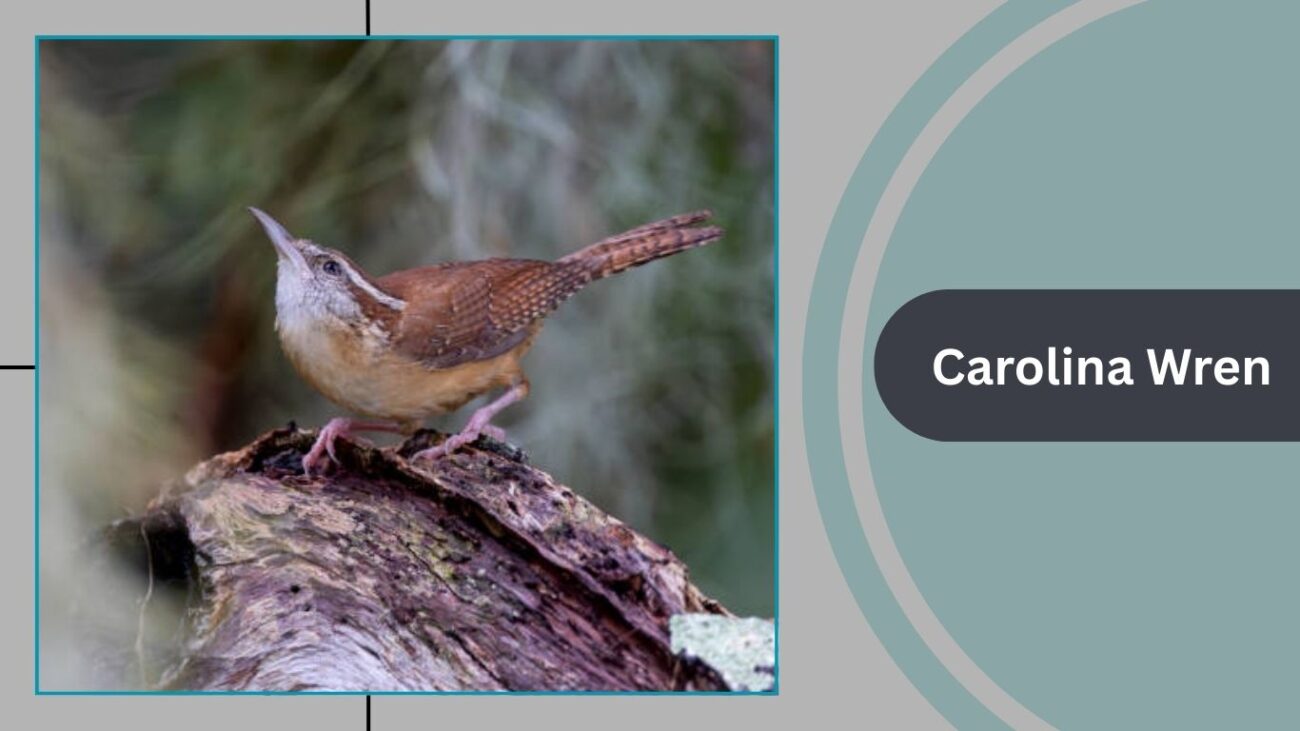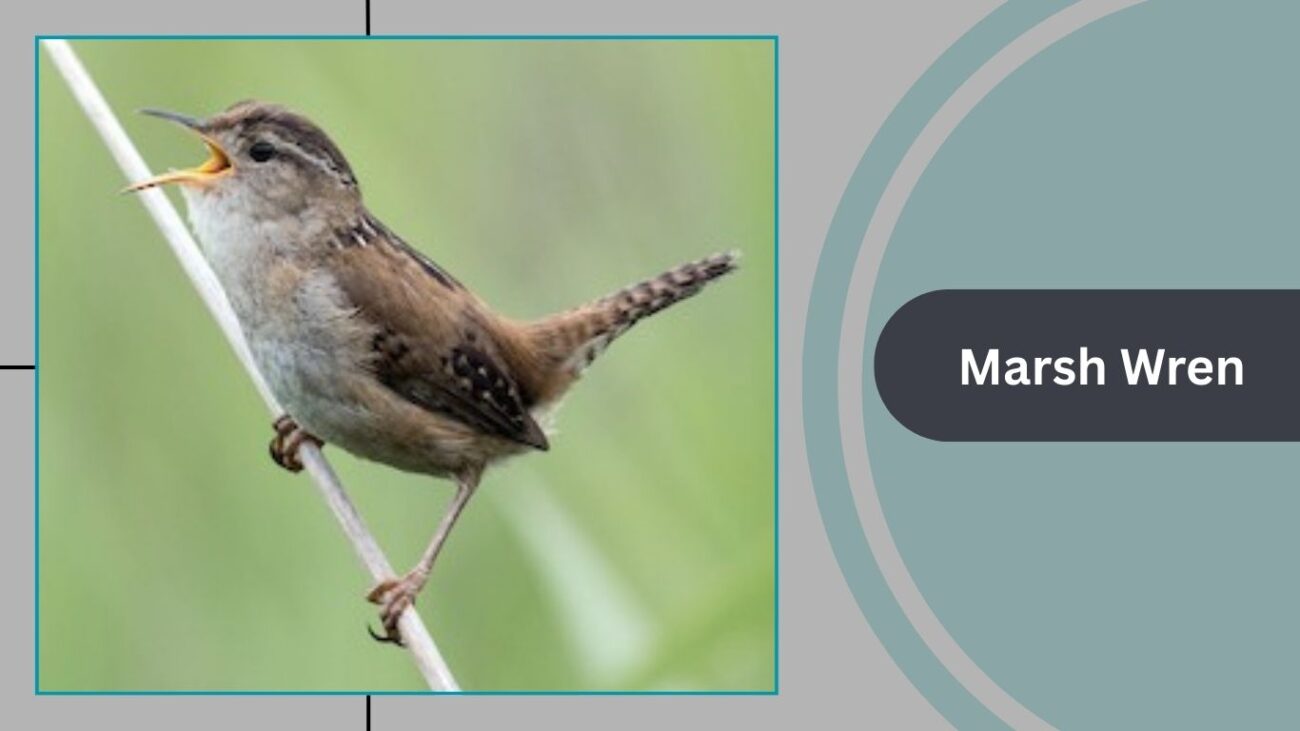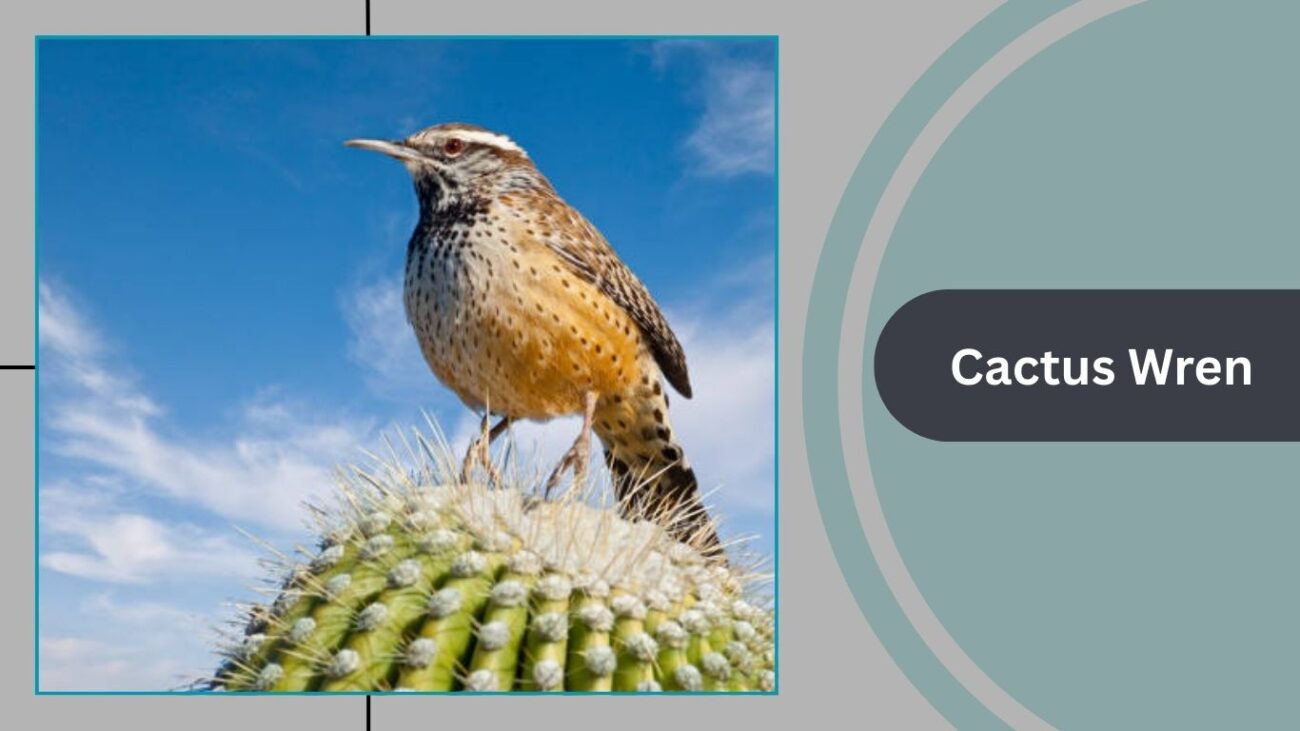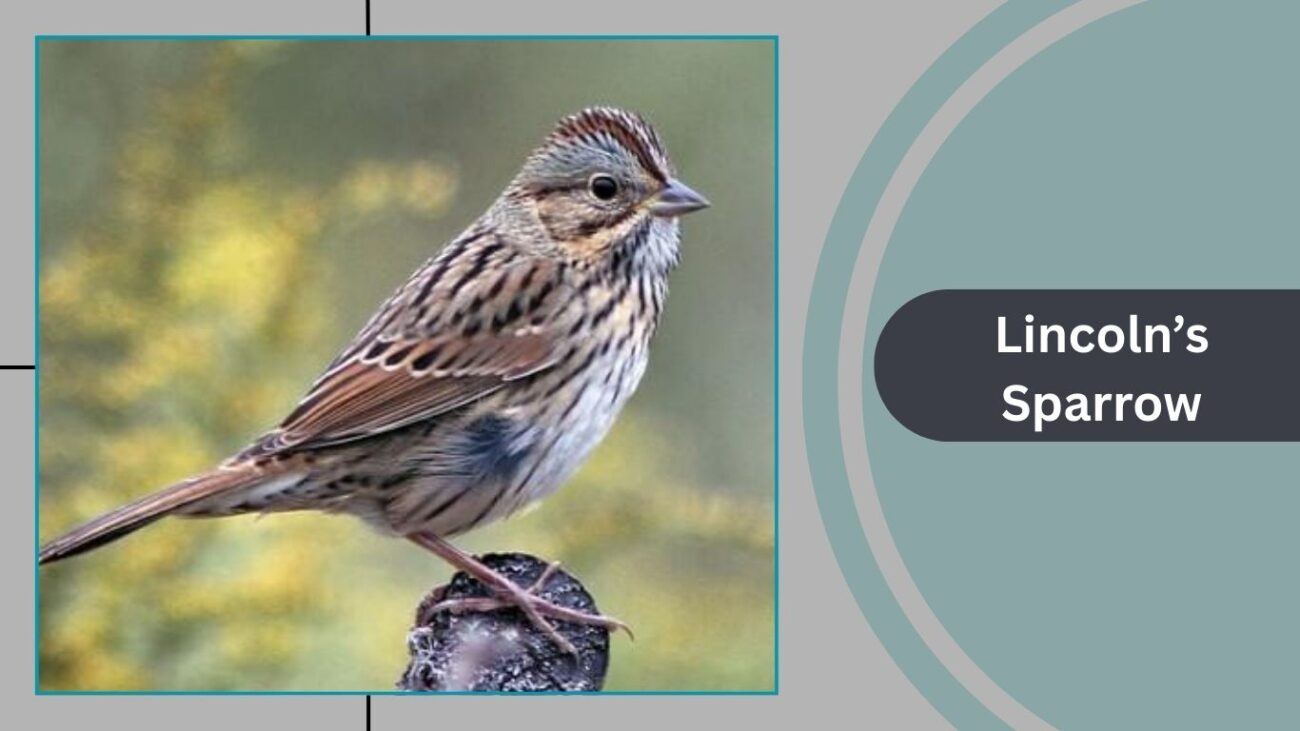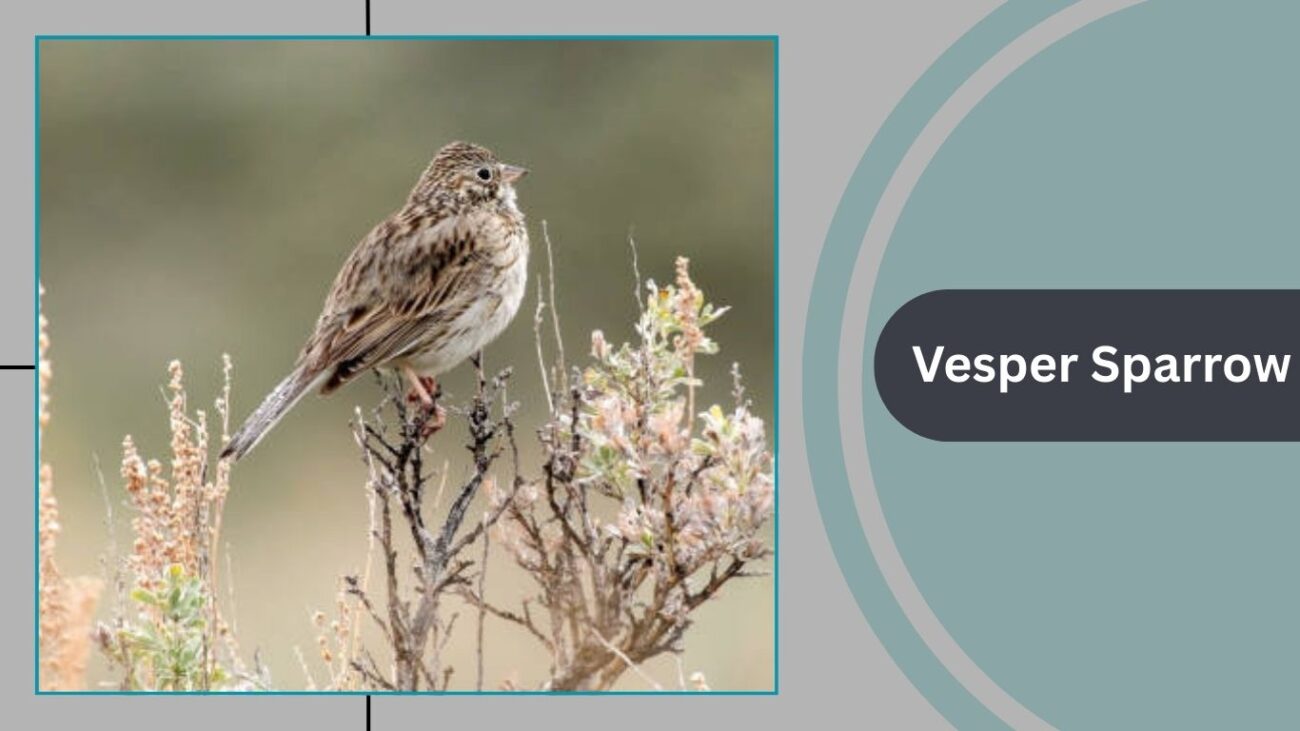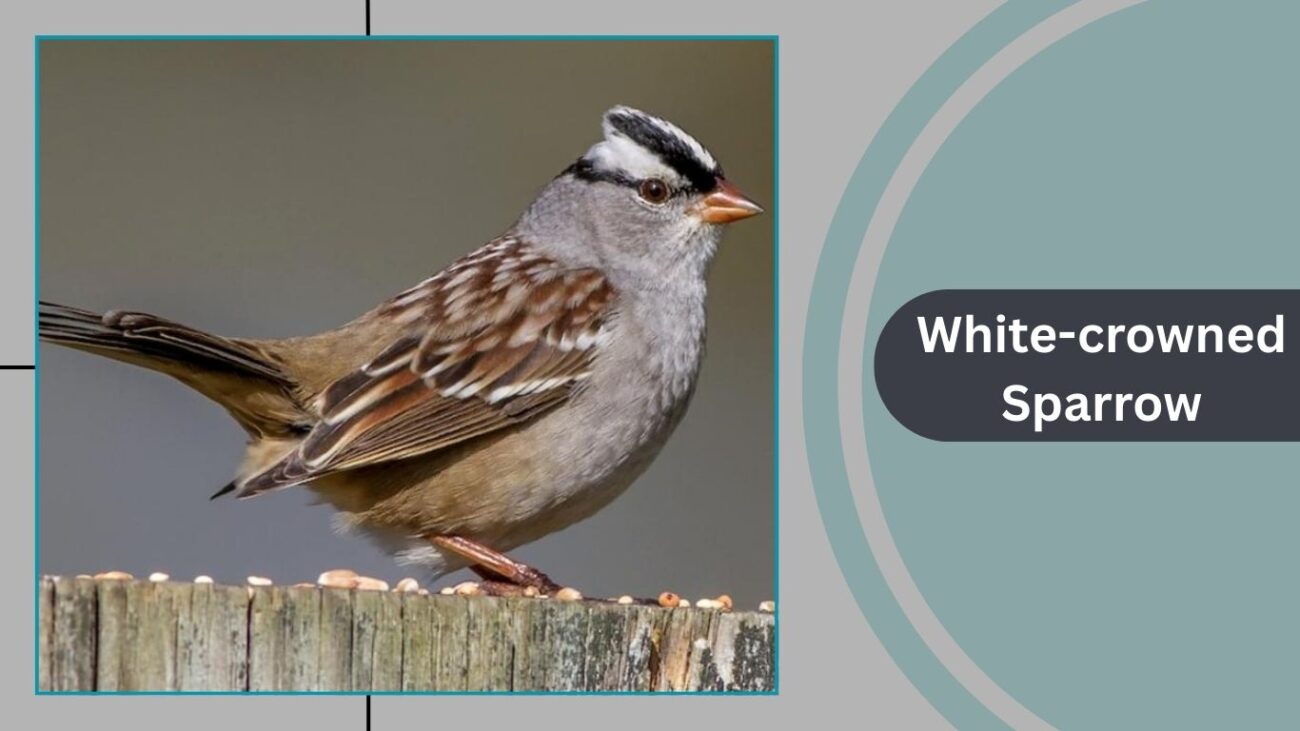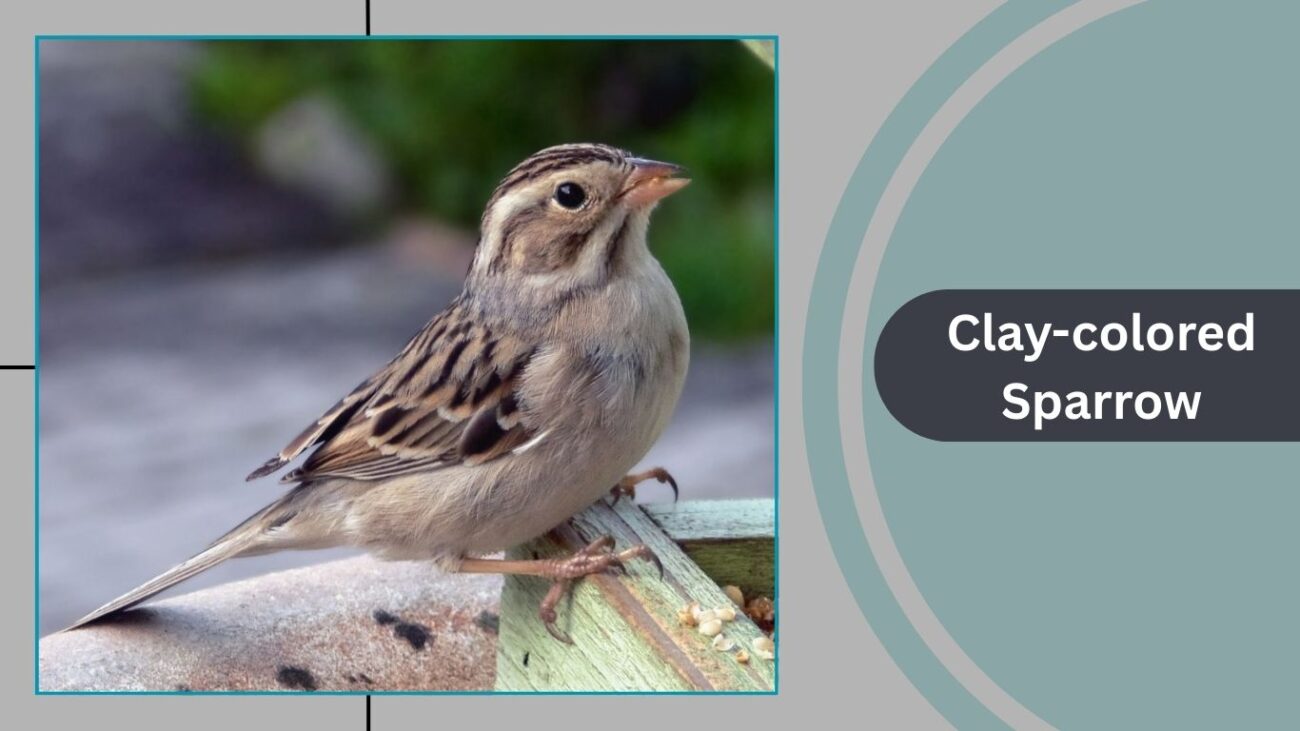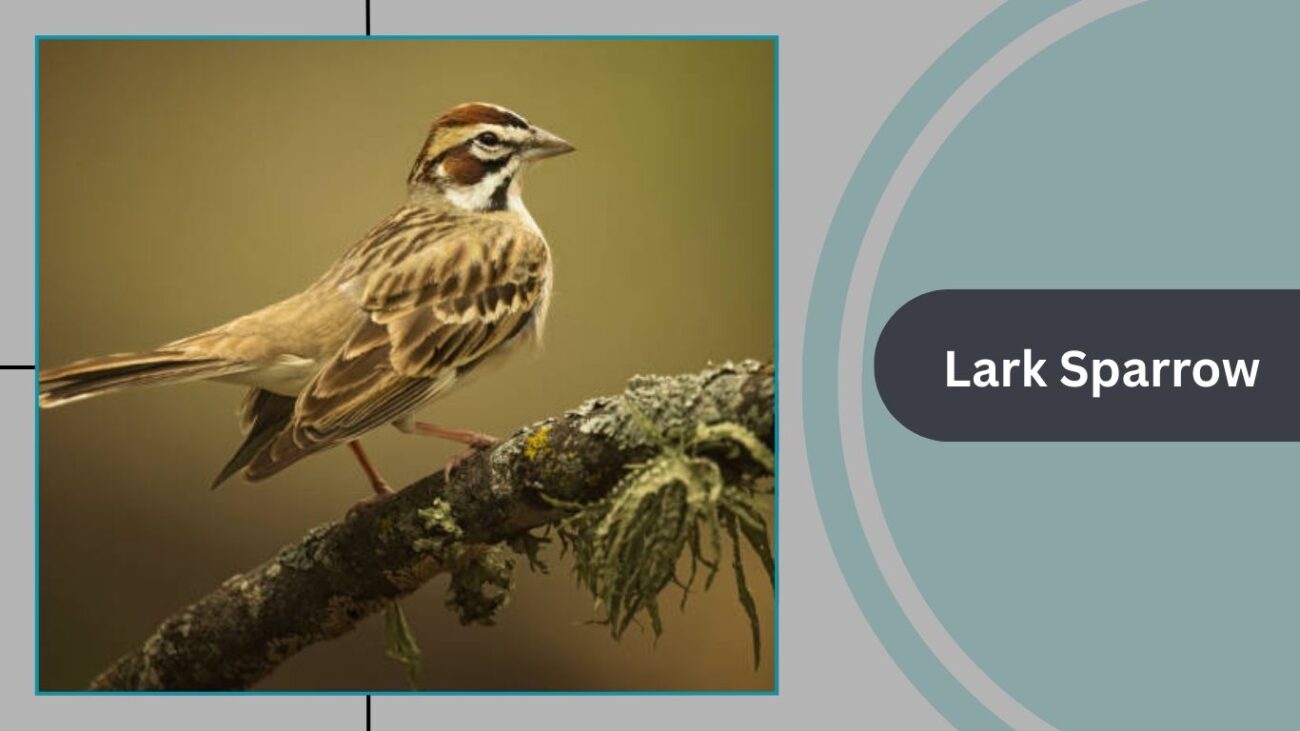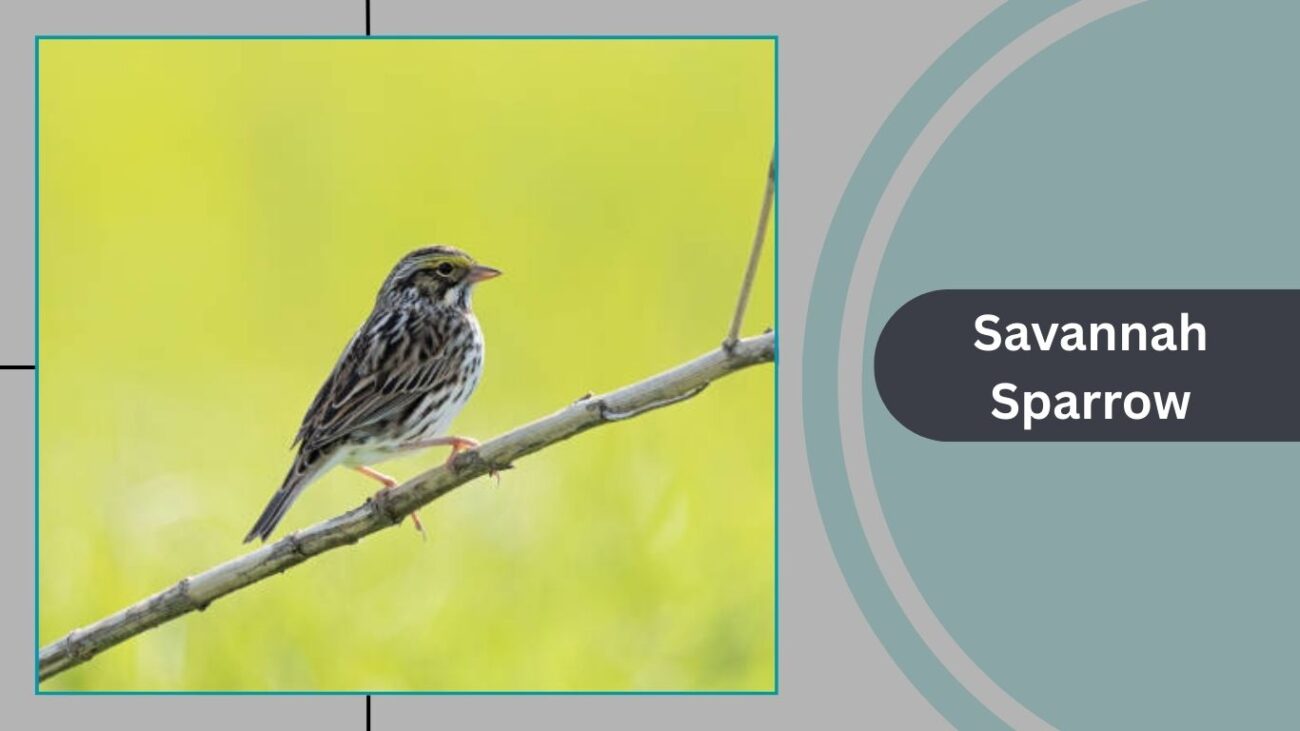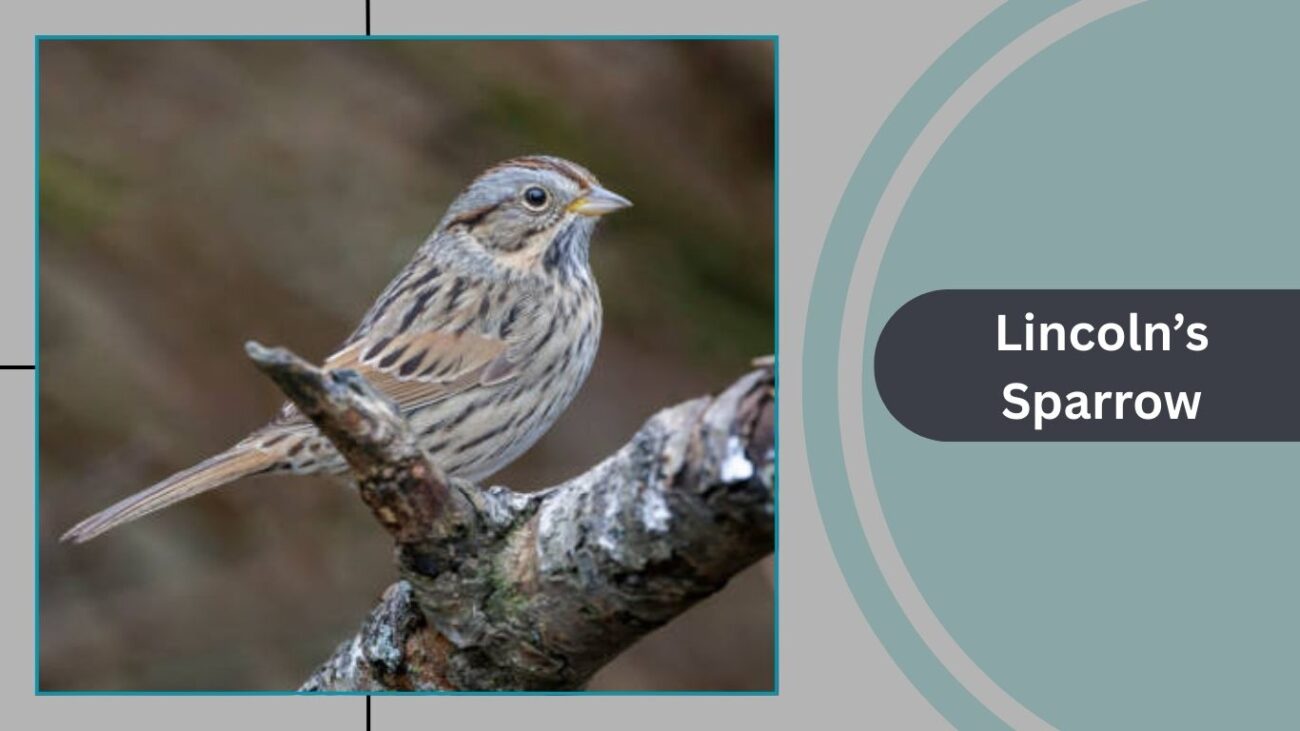Brown small birds are among the most common yet often overlooked birds in nature. Despite their subtle colors, they play a vital role in ecosystems, controlling insects and spreading seeds. These birds are highly adaptable, found in grasslands, forests, wetlands, and even urban gardens. This guide covers 25 types of brown small birds, detailing their identification, preferred habitats, diet, and distinctive behaviors for easy recognition.
1. House Sparrow
The House Sparrow is one of the most familiar small brown birds found across cities, towns, and rural areas worldwide. Adaptable and social, this species thrives around human habitation and is often seen foraging near homes, gardens, and markets.
Identification
- Small, chunky bird with a short tail and stout beak
- Males have gray heads, black throats, and chestnut wings
- Females and juveniles are plain brown with lighter underparts
- Both sexes show a distinctive conical bill suited for seed-eating
Habitat
House Sparrows are highly adaptable, living in urban areas, farmlands, and even inside buildings. They prefer places close to people, often nesting in roofs, walls, or nest boxes.
Diet
Their diet mainly includes seeds and grains, but they also eat insects, fruits, and scraps of human food, making them opportunistic feeders.
Behavior
House Sparrows are social birds, often seen in flocks. They are noisy, active, and bold around humans, frequently bathing in dust or water together and roosting communally in trees or buildings.
2. Eurasian Wren
The Eurasian Wren is a tiny, restless bird widely spread across Europe, Asia, and parts of North Africa. Despite its small size, it is well-known for its loud and complex song, which often echoes through forests and gardens. Wrens are among the smallest birds in their range but display remarkable energy and activity.
Identification
- Very small, round body with a short neck and tail
- Warm brown plumage with fine barring on wings and tail
- Tail often held upright, a key behavior for recognition
- Thin, slightly curved bill adapted for insect feeding
Habitat
This species thrives in dense undergrowth, woodlands, gardens, and hedgerows. It prefers areas with thick vegetation or piles of wood and rocks, which provide shelter and nesting sites.
Diet
Eurasian Wrens mainly feed on insects, spiders, and other tiny invertebrates. They probe into cracks, bark, and leaf litter to find prey, especially during the breeding season when protein is essential.
Behavior
Wrens are energetic, constantly hopping and flicking their tails upright. They are known for their bold and resonant songs, sung by males to mark territory. Despite their small size, they can survive harsh winters by roosting together in sheltered spots.
3. Song Sparrow
The Song Sparrow is a widespread and highly adaptable small brown bird found across North America. It is well-known for its melodious and varied song, which makes it easy to identify by ear even when hidden in vegetation. Its plumage shows regional variation, but it always maintains a streaked brown appearance.
Identification
- Medium-sized sparrow with streaked brown plumage
- Central dark spot on the chest formed by streaks
- Rounded head and long tail with a slight notch
- Conical bill typical of seed-eating sparrows
Habitat
Song Sparrows occupy a wide range of habitats, including marshes, gardens, forests, grasslands, and suburban areas. They are especially common in brushy or shrubby spots near water sources.
Diet
Their diet is mixed, consisting of seeds, grains, and insects. During the breeding season, they consume more insects to provide protein for their young.
Behavior
Song Sparrows are territorial during breeding, with males singing persistently from perches. They forage on the ground, often scratching through leaf litter for seeds and insects. Outside the breeding season, they may join mixed flocks for feeding.
4. Chipping Sparrow
The Chipping Sparrow is a small, slender brown bird common across North America. It is particularly recognized for its crisp breeding plumage and its bright, trilling song that fills open woodlands, parks, and suburban yards in spring and summer.
Identification
- Small sparrow with a slim body and medium-length tail
- Breeding adults show a bright chestnut cap and a black eye line
- Non-breeding birds are duller, mostly brown with faint streaks
- Pale gray underparts with a fine, pointed bill
Habitat
Chipping Sparrows prefer open woodlands, grassy fields, parks, and suburban gardens. They are often found near scattered trees and shrubs where they can perch and sing.
Diet
Their diet mainly consists of grass seeds, weed seeds, and insects. During summer, insects make up a larger part of their food, especially for feeding nestlings.
Behavior
Chipping sparrows are social outside of breeding season, often forming flocks with other sparrows. During the breeding season, males sing persistently from elevated perches. They forage mostly on the ground, hopping and pecking for seeds.
5. Tree Sparrow
The Tree Sparrow is a small brown bird found across Europe and Asia, often mistaken for the House Sparrow but distinguished by key markings. It is a woodland and farmland species that also adapts to rural settlements, though less closely tied to humans than its house-dwelling relative.
Identification
- Small, stocky bird with chestnut-brown crown
- Black patch on each white cheek
- Overall brown plumage with streaked back
- Short, conical bill suited for seed-eating
Habitat
Tree sparrows are common in farmlands, woodland edges, orchards, and rural gardens. They prefer areas with hedgerows and old trees for nesting and shelter.
Diet
Their diet mainly includes seeds and grains, supplemented with insects during the breeding season to provide nutrition for chicks.
Behavior
Tree Sparrows are social and often seen in small flocks, especially in winter. They are agile fliers, moving quickly between trees and hedges, and are less bold around humans compared to House Sparrows.
6. Field Sparrow
The Field Sparrow is a small, gentle-looking brown bird native to North America. Known for its sweet, whistled song that rises in a clear series of notes, it is a familiar sight in open fields, meadows, and shrubby grasslands.
Identification
- Small sparrow with a plain, unstreaked breast
- Warm brown back with fine streaks
- Pink bill, a key feature for recognition
- Distinct white eye ring that gives a bright-eyed look
Habitat
Field Sparrows prefer open areas such as grasslands, abandoned fields, prairies, and shrubby clearings. They are often found perching on low shrubs or fence posts in rural landscapes.
Diet
Their diet is primarily seeds from grasses and weeds, though they switch to insects in the breeding season to nourish their young.
Behavior
Field Sparrows are shy and less social than other sparrow species. They forage quietly on the ground and sing from elevated perches in fields. Their distinctive song is often used to mark territory.
7. House Wren
The House Wren is a small, energetic brown bird widely distributed across the Americas. Despite its tiny size, it has a remarkably loud and bubbling song. It is well known for nesting around human dwellings, birdhouses, and natural cavities, making it one of the most familiar wrens.
Identification
- Small, compact body with a short tail often held upright
- Brown plumage with fine barring on wings and tail
- Pale eyebrow line is faint or absent
- Thin, slightly curved bill adapted for insect catching
Habitat
House Wrens thrive in diverse habitats, including gardens, forests, farmland, and urban areas. They prefer places with dense vegetation, brush piles, or nest boxes for cover and breeding.
Diet
They primarily eat insects and spiders, such as beetles, caterpillars, flies, and ants, making them useful for natural pest control.
Behavior
House Wrens are active, restless, and often aggressive toward other cavity-nesting birds. Males build several nest “starts” to attract females, who then select one. Their cheerful songs are a common sound in spring and summer.
8. Carolina Wren
The Carolina Wren is a small but bold brown bird native to the southeastern United States. Known for its rich, musical “teakettle-teakettle” song, it is often heard before it is seen. Despite its small size, this species shows remarkable energy and curiosity around its habitat.
Identification
- Small, plump body with a rounded shape
- Rich reddish-brown upperparts with buff underparts
- Long, slightly curved bill
- Distinct white eyebrow stripe, a key feature of recognition
Habitat
Carolina Wrens are commonly found in dense vegetation, wooded areas, gardens, and suburban yards. They favor brush piles, vines, and tangled undergrowth for both nesting and protection.
Diet
Their diet mainly consists of insects, spiders, and other invertebrates. Occasionally, they also eat seeds and berries, especially in winter when insects are scarce.
Behavior
Carolina Wrens are active, curious, and often seen hopping around low shrubs and ground cover. They form strong pair bonds, with males and females often staying together year-round. Their loud song is used to defend territory and attract mates.
9. Winter Wren
The Winter Wren is a tiny, secretive brown bird found across North America, Europe, and Asia. Despite its small size, it delivers one of the most powerful and complex songs among wrens, filling forests with a long, trilling melody. It prefers dark, damp woodlands where it can move through undergrowth unseen.
Identification
- Very small, round body with a short neck and tail
- Dark brown plumage with fine barring on wings, tail, and flanks
- Short, stubby tail usually held upright
- Thin, slightly downcurved bill suited for insect feeding
Habitat
Winter Wrens inhabit dense, moist forests, especially coniferous and mixed woodlands. They are often found near fallen logs, mossy stumps, and tangled vegetation that offer cover and nesting spots.
Diet
Their diet consists mainly of insects, spiders, and other tiny invertebrates. They probe into bark crevices, leaf litter, and moss to find hidden prey.
Behavior
Winter Wrens are secretive but highly energetic, constantly flitting low to the ground. Their long, bubbly song is a key way to detect them. In cold climates, they sometimes roost communally to conserve heat during winter nights.
10. Marsh Wren
The Marsh Wren is a small, lively brown bird commonly found in wetlands across North America. Known for its loud, gurgling song, it thrives in dense reeds and cattails, where it remains well-hidden despite its noisy presence.
Identification
- Small, slender bird with a short tail often held upright
- Brown back with black and white streaks
- Pale eyebrow stripe contrasting with darker head
- Thin, slightly curved bill suited for insect hunting
Habitat
Marsh Wrens inhabit freshwater and brackish marshes, favoring dense cattails, reeds, and tall grasses. They are almost always associated with wetland environments.
Diet
Their diet consists mainly of insects and spiders. They forage by climbing through vegetation, picking prey from leaves and stems.
Behavior
Marsh Wrens are territorial and aggressive, often destroying the eggs of rival wrens. Males build multiple nests to attract females, which select one for laying eggs. Their constant activity and harsh calls make them noticeable in marshes.
11. Bewick’s Wren
Bewick’s Wren is a small brown songbird native to North America, especially common in the western and southern regions. Recognized for its loud, melodious song and expressive tail movements, it is an active and curious species that adapts well to various habitats.
Identification
- Small, slender body with a long tail often flicked side to side
- Brown upperparts with fine barring on tail
- Distinct white eyebrow stripe, longer and bolder than in many wrens
- Pale underparts with a slightly curved bill
Habitat
Bewick’s Wrens inhabit scrublands, thickets, open woodlands, and suburban gardens. They prefer areas with dense low vegetation and shrubs that provide cover and nesting spots.
Diet
Their diet mainly consists of insects, spiders, and larvae. They forage by probing into bark, leaves, and crevices for hidden prey.
Behavior
Bewick’s Wrens are agile and inquisitive, often moving quickly through shrubs and brush piles. Males are known for their persistent singing, with regional variations in their songs. They defend their territories vigorously during the breeding season.
12. Sedge Wren
The Sedge Wren is a tiny, secretive brown bird found in wetlands and grassy meadows across North America. Unlike many wrens, it is highly nomadic, often shifting its breeding range from year to year depending on habitat conditions. Its sharp, chattering song is often heard before the bird is seen.
Identification
- Very small, round body with a short tail held upright
- Brown, streaked back with buff underparts
- Fine, faint eyebrow line above the eye
- Thin, short bill adapted for insect feeding
Habitat
Sedge Wrens prefer wet meadows, marsh edges, and grassy fields with tall vegetation. They are most often found in sedges and grasses, which provide cover and nesting material.
Diet
Their diet mainly includes insects, spiders, and other small invertebrates. They forage low among grasses, carefully picking prey from stems and leaves.
Behavior
Sedge Wrens are shy and elusive, often staying hidden within dense grasses. They are known for building multiple nests, some of which are “dummy nests” constructed by males. Their song is a rapid, chattering trill, used to establish territory.
13. Canyon Wren
The Canyon Wren is a small brown bird found in rocky habitats across western North America. It is famous for its cascading, flute-like song that echoes beautifully through canyons and cliffs, making it easier to hear than to see.
Identification
- Small bird with rusty-brown underparts and dark brown upperparts
- White throat and chest creating a sharp contrast
- Long, slightly curved bill for probing crevices
- Tail barred with black and brown, often flicked while perched
Habitat
Canyon Wrens inhabit rocky cliffs, canyons, and boulder-strewn slopes. They are closely tied to rugged terrain, often nesting in cracks and crevices in rock faces.
Diet
Their diet is primarily insects and spiders. They forage by climbing on rocks and probing into narrow cracks to extract hidden prey.
Behavior
Canyon Wrens are agile climbers, using their strong legs and tail for balance while moving across vertical rock surfaces. Their haunting, descending song is one of the most distinctive bird sounds in arid landscapes.
14. Rock Wren
The Rock Wren is a small, active brown bird that inhabits rocky slopes, canyons, and arid landscapes across western North and Central America. Unlike many other wrens, it rarely enters dense vegetation, instead thriving in open, rugged terrain.
Identification
- Small, slim bird with gray-brown upperparts and lighter underparts
- Fine streaking on breast and faint eye line
- Long, slightly curved bill suited for probing crevices
- Tail with dark barring, often flicked upward when perched
Habitat
Rock Wrens prefer dry, rocky areas such as cliffs, boulder fields, canyons, and desert slopes. They use rock crevices for nesting and shelter.
Diet
They feed mainly on insects, spiders, and other small invertebrates, which they pick from rocks and ground surfaces.
Behavior
Rock Wrens are ground-foraging birds, hopping actively among stones and rocks. They are known for bobbing their bodies while perched and for building small piles of stones at nest entrances. Their high-pitched trilling song is often heard in open rocky terrain.
15. Cactus Wren
The Cactus Wren is the largest wren species in North America, commonly found in arid deserts of the southwestern United States and Mexico. Recognized for its bold behavior and distinctive calls, it thrives in harsh desert environments, often nesting in cacti for protection.
Identification
- Larger than most wrens, with a sturdy body
- Brown upperparts with heavy white spotting
- White eyebrow stripe contrasting with dark crown
- Long tail with black and white barring, often flicked
Habitat
Cactus Wrens inhabit desert scrub, arid canyons, and areas dominated by cacti such as cholla and prickly pear. They build large, football-shaped nests in cactus plants, providing safety from predators.
Diet
Their diet includes insects, spiders, fruits, and occasionally seeds. They forage on the ground and among desert vegetation, probing and turning over debris to find food.
Behavior
Cactus Wrens are bold, noisy, and highly territorial. They are often seen in pairs or family groups, making harsh calls while defending their territory. Unlike many wrens, they are less secretive and more conspicuous in open desert landscapes.
16. Savannah Sparrow
The Savannah Sparrow is a widespread small brown bird across North America, easily recognized by its streaked plumage and distinctive yellowish spot near the eye. It is often seen in open fields, meadows, and coastal grasslands, where it blends well with its surroundings.
Identification
- Small sparrow with streaked brown back and breast
- Yellowish patch in front of the eye (lores) is a key feature
- Short, notched tail and slender body
- Conical bill typical of seed-eating sparrows
Habitat
Savannah Sparrows thrive in open habitats such as grasslands, pastures, coastal marshes, and tundra regions. They prefer areas with low vegetation for nesting and foraging.
Diet
Their diet consists of seeds, grasses, and insects. In the breeding season, they consume more insects to feed their young.
Behavior
Savannah Sparrows are ground foragers, often running or hopping through grass while searching for food. Males sing from low perches to defend territories, producing a thin, buzzy song. During migration and winter, they often gather in flocks.
17. Lincoln’s Sparrow
Lincoln’s Sparrow is a shy, small brown bird native to North America, often found in shrubby habitats and wetlands. Though it is secretive, it is admired for its beautiful, sweet, and musical song during the breeding season.
Identification
- Small sparrow with finely streaked brown back and buffy chest
- Distinct buff-colored wash across the breast with fine streaks
- Gray face with thin eye ring and pale eyebrow line
- Conical bill suited for seeds and insects
Habitat
Lincoln’s Sparrows prefer wet meadows, shrubby thickets, forest edges, and willow-lined streams. During migration, they also appear in gardens and brushy fields.
Diet
Their diet includes grass seeds, small grains, and insects. In the breeding season, they feed heavily on beetles, caterpillars, and spiders.
Behavior
Lincoln’s Sparrows are secretive ground-foragers, often staying hidden in dense vegetation. They flick their tails and wings when moving about. Males sing a clear, musical song from concealed perches during breeding season.
18. Swamp Sparrow
The Swamp Sparrow is a small, secretive brown bird commonly found in wetlands across North America. Its simple, melodic trill is often heard in marshes and swamps during the breeding season. Despite its name, it is more often detected by sound than sight due to its skulking habits.
Identification
- Small sparrow with reddish-brown wings and crown
- Gray face and breast with a brown back streaked with black
- Long legs adapted for moving through marsh vegetation
- Short, conical bill for seed and insect feeding
Habitat
Swamp Sparrows inhabit freshwater marshes, bogs, wet meadows, and swampy thickets. They nest low in wet vegetation, often just above water level.
Diet
Their diet includes seeds, insects, and aquatic invertebrates. In summer, they eat more insects such as beetles and caterpillars, while in winter they rely more heavily on seeds.
Behavior
Swamp Sparrows are secretive, foraging low in marsh grasses and shallow water. They walk or hop through vegetation instead of flying long distances. Males sing a slow, sweet trill to establish territories.
19. Vesper Sparrow
The Vesper Sparrow is a medium-sized brown sparrow native to North America, best known for its sweet, musical evening song, which gives the species its name. It favors open fields and grasslands, often perching on fence posts or low shrubs.
Identification
- Streaked brown back with pale underparts
- White outer tail feathers visible in flight
- Small, pale eye ring and fine facial markings
- Conical bill suited for seeds and insects
Habitat
Vesper Sparrows prefer open country such as grasslands, pastures, and agricultural fields. They nest on the ground, usually hidden among grasses.
Diet
Their diet consists of grass and weed seeds, supplemented with insects like grasshoppers, beetles, and caterpillars, especially during breeding season.
Behavior
Vesper Sparrows forage mostly on the ground, walking or hopping through grasses in search of food. Males sing from elevated perches, often in the late afternoon or evening. They are migratory, wintering in the southern United States and Mexico.
20. White-crowned Sparrow (Juvenile – Brown Form)
The juvenile White-crowned Sparrow is a small brown bird that differs from the striking black-and-white adults. With softer brown plumage, it blends easily into its surroundings. This species is widespread across North America and is known for its clear, whistled song.
Identification
- Brown-streaked back with pale underparts
- Brown and tan head stripes instead of black and white in adults
- Long tail and stout, conical bill
- White wing bars may be faintly visible
Habitat
White-crowned sparrows occupy a variety of habitats, including open woodlands, brushy fields, gardens, and tundra during breeding. Juveniles are often seen in mixed flocks during migration and winter.
Diet
They feed on seeds, grains, and insects. During the breeding season, insects are especially important for young sparrows.
Behavior
White-crowned Sparrows forage mostly on the ground, scratching at leaf litter to uncover food. Juveniles are more secretive than adults but still flock together in large groups outside of breeding season. Their soft calls help them stay in contact within flocks.
21. Clay-colored Sparrow
The Clay-colored Sparrow is a small brown bird common across North America, especially in open grasslands, farmlands, and shrubby areas. Its subtle plumage allows it to blend into dry, open habitats, making it less conspicuous than other sparrows.
Identification
- Small, pale brown sparrow with fine streaks on back and flanks
- Grayish face with a subtle white eye ring
- Conical, seed-eating bill
- Tail is relatively long and often flicked while moving
Habitat
Clay-colored sparrows favor open habitats with scattered shrubs, including prairies, farmland edges, and brushy meadows. They nest on or near the ground in dense vegetation, hidden from predators.
Diet
Their diet primarily consists of grass seeds, weeds, and small grains, supplemented with insects during the breeding season to provide protein for nestlings.
Behavior
These sparrows are ground foragers, hopping and scratching through grasses and low shrubs. They are migratory, forming flocks in the winter. Their song is a soft, musical trill delivered from low perches, often difficult to spot visually due to their secretive nature.
22. Lark Sparrow
The Lark Sparrow is a striking small brown bird found across open habitats in North America. It is admired for its distinctive facial pattern and melodic, buzzy song, often delivered from elevated perches in grasslands and scrublands.
Identification
- Brown back with prominent streaks
- Distinctive face pattern: chestnut cheeks, white eye stripe, and dark line through the eye
- Pale underparts with a central dark spot on the breast
- Conical bill suitable for seed and insect feeding
Habitat
Lark Sparrows inhabit open fields, prairies, agricultural lands, and lightly wooded areas. They prefer areas with scattered shrubs or perches for singing and spotting predators.
Diet
Their diet includes grass seeds, weed seeds, and small grains. Insects, such as beetles, grasshoppers, and caterpillars, are an important food source during breeding season to feed young.
Behavior
Lark Sparrows forage mainly on the ground, hopping and scratching for seeds. Males are known for their elaborate song flights, singing while flying a short distance above the ground to attract mates and defend territory. They are migratory, moving south during winter months.
23. Song Sparrow
The Song Sparrow is a widespread and adaptable small brown bird in North America, known for its rich and varied singing. It occupies a wide range of habitats, from wetlands and shrublands to suburban gardens, making it one of the most commonly seen sparrows.
Identification
- Streaked brown back with a warm, buffy chest
- Distinct dark central spot on the breast
- Rounded tail and slightly streaked flanks
- Conical bill adapted for seeds and insects
Habitat
Song Sparrows thrive in a variety of habitats, including marsh edges, thickets, open woodlands, and backyard gardens. They prefer areas with dense shrubs for nesting and cover.
Diet
Their diet consists of seeds, grains, and insects. During the breeding season, they increase their intake of caterpillars, beetles, and other small invertebrates to feed nestlings.
Behavior
Song Sparrows are primarily ground foragers, hopping or walking while searching for food. Males sing from elevated perches to defend territories, and their song is highly variable, often consisting of multiple trills and warbles. They are often seen flicking their tails while moving through low vegetation.
24. Savannah Sparrow
The Savannah Sparrow is a small brown bird found across North America, particularly in open grasslands, marsh edges, and coastal fields. Its subtle streaking and yellowish markings above the eye help distinguish it from other sparrows, and its sharp, high-pitched song is often heard before the bird is seen.
Identification
- Streaked brown back and flanks with pale underparts
- Yellowish stripe above the eye (supercilium)
- Conical bill for seeds and insects
- Short tail with subtle white edging
Habitat
Savannah Sparrows prefer open habitats such as grasslands, prairies, farmland edges, and coastal marshes. They nest on or near the ground in tall grasses or low vegetation, often hidden from predators.
Diet
Their diet mainly includes seeds, small grains, and grasses. Insects like beetles, caterpillars, and grasshoppers are consumed during the breeding season to nourish chicks.
Behavior
Savannah Sparrows forage on the ground, moving quietly through grasses while picking seeds and insects. They are known for their distinctive song flight, singing while hovering or flying short distances above open fields. These birds are migratory, wintering in southern regions or along the coasts.
25. Lincoln’s Sparrow
Lincoln’s Sparrow is a small, secretive brown bird that is often overlooked due to its shy behavior and preference for dense brushy habitats. It is recognized for its finely streaked plumage and soft, sweet, musical song that is usually delivered from hidden perches.
Identification
- Warm brown upperparts with fine streaking
- Pale underparts with a central dark streak on the breast
- Slightly rounded tail and small conical bill
- Subtle facial markings including a faint eye ring
Habitat
Lincoln’s Sparrows inhabit dense shrubs, thickets, marsh edges, and wet meadows. They prefer areas with thick cover where they can remain hidden while foraging and nesting.
Diet
Their diet includes seeds, small grains, and insects. During the breeding season, they feed heavily on insects and other invertebrates to provide protein for their young.
Behavior
Lincoln’s Sparrows are shy and secretive, often staying low in dense vegetation. They forage on the ground or in low shrubs, carefully picking seeds and insects. Males sing softly from concealed perches to establish territory, and they are migratory, traveling to southern regions during winter months.

